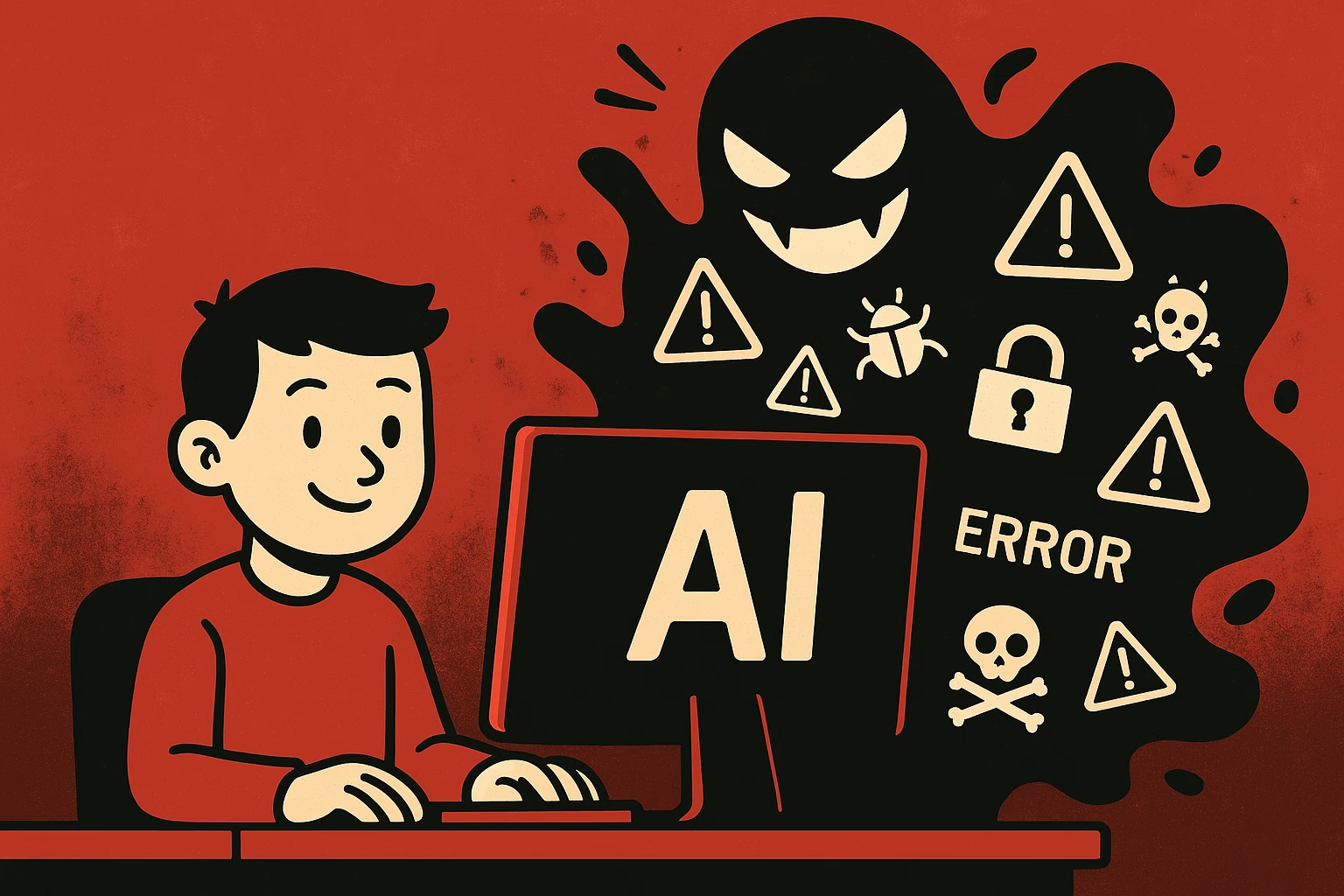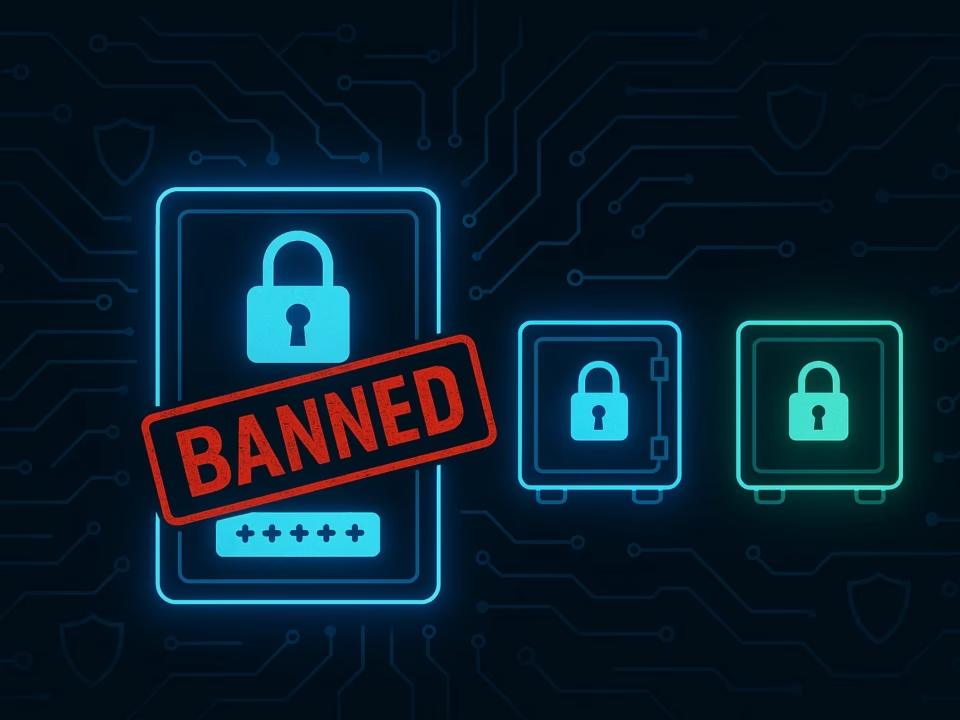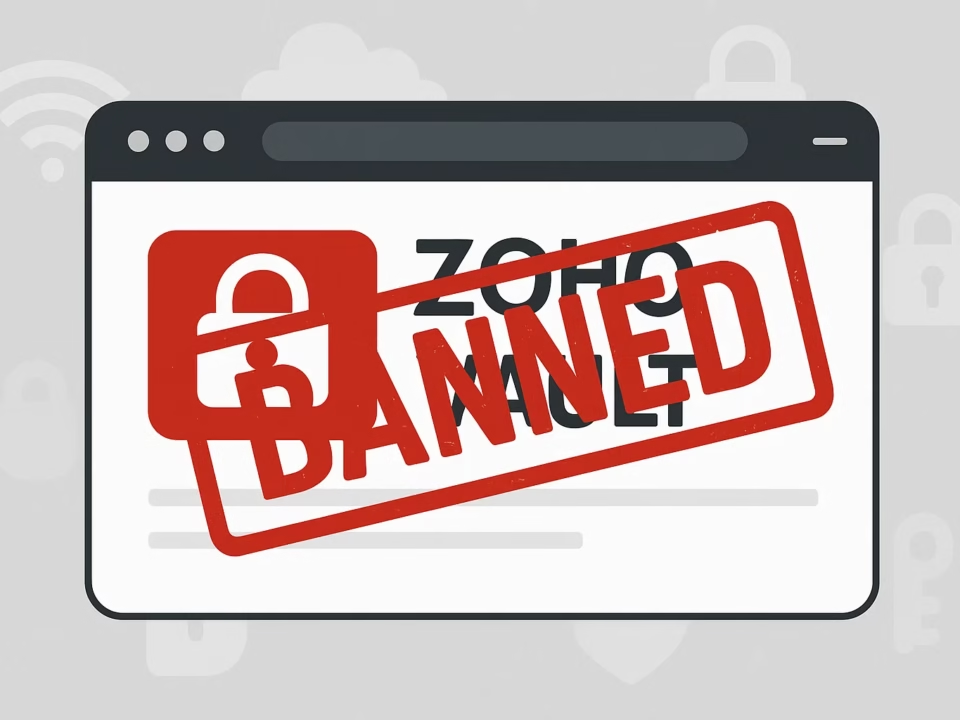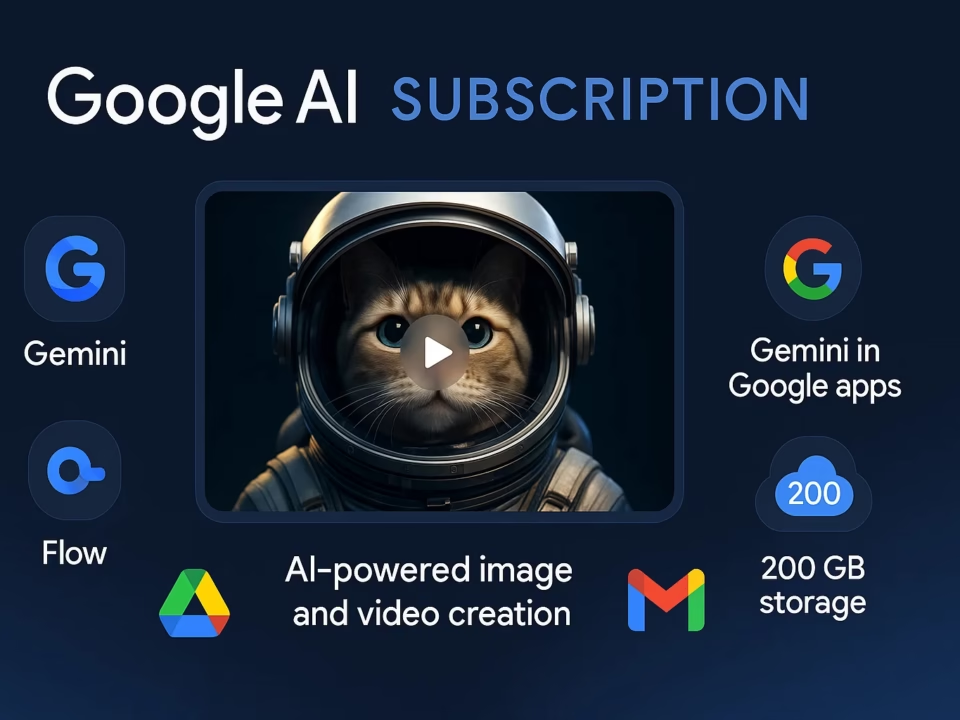
YouTube AI Editing: Why Hidden Video Changes Concern Creators
August 25, 2025
Shopify Store Development: A Complete Guide for Online Businesses
August 26, 2025How AI Vibe Coding Is Changing Career Opportunities for New Developers
Artificial Intelligence (AI) has started influencing almost every industry, and web development is no exception. One rising trend in this space is AI Vibe Coding—a term used for the practice of using AI tools to generate or suggest code quickly, often based on “vibes” or rough instructions instead of structured programming. While this approach speeds up development, it also raises an important question: what does AI Vibe Coding mean for junior developers trying to enter the field?
What Is AI Vibe Coding?
AI Vibe Coding refers to the increasing reliance on AI-powered tools such as GitHub Copilot, ChatGPT, and other AI code assistants that generate working code snippets with minimal input. Instead of writing every line manually, developers now prompt an AI tool with natural language, and the AI produces usable code.
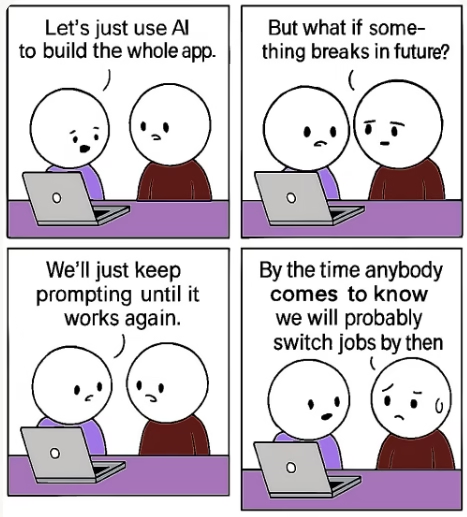
This shift is transforming how coding is learned and practiced. For new developers, it can be a shortcut—but also a barrier.
Opportunities Created by AI Vibe Coding
Faster Learning Curve – Beginners can see working examples instantly and understand how code structures function.
Productivity Boost – AI reduces repetitive coding tasks, letting juniors focus on problem-solving and design.
Access to Advanced Concepts – Even fresh developers can experiment with frameworks and languages they haven’t mastered yet.
Portfolio Enhancement – By leveraging AI, juniors can ship projects faster and showcase practical work to clients or employers.
Risks and Challenges for New Developers
Skill Dependency – Overreliance on AI may stop juniors from developing strong fundamentals in coding.
Reduced Entry-Level Jobs – Tasks once handled by interns or junior developers are now automated by AI.
Quality Concerns – AI-generated code may work but can be inefficient or insecure, requiring deep knowledge to debug.
Career Competition – Companies may prefer fewer experienced developers with AI support instead of hiring multiple juniors.
The Future of Junior Developers in the Age of AI Vibe Coding
The rise of AI Vibe Coding doesn’t mean the end of developer careers—it means adaptation is key. Junior developers should:
1. Learn AI-assisted development rather than avoiding it.
2. Build strong problem-solving and debugging skills.
3. Focus on areas where human creativity and logic still matter, like system design,security, and user experience.
4. Treat AI as a collaborator, not a replacement.
When Vibe Coding Backfires: Catastrophic Lessons
The most widely discussed failure of vibe coding comes from an indie developer who attempted to build a SaaS product entirely through AI-generated code. Proudly announcing on social media that his “SaaS was built with Cursor, zero handwritten code,” his excitement was short-lived.
Within weeks, chaos began. The developer reported unusual issues: “random things are happening, maxed out API usage, people bypassing the subscription system, and random data filling up the database.” Lacking technical expertise, he was unable to debug the problems or understand the breaches. Eventually, he admitted, “Cursor keeps breaking other parts of the code,” and permanently shut down the application.
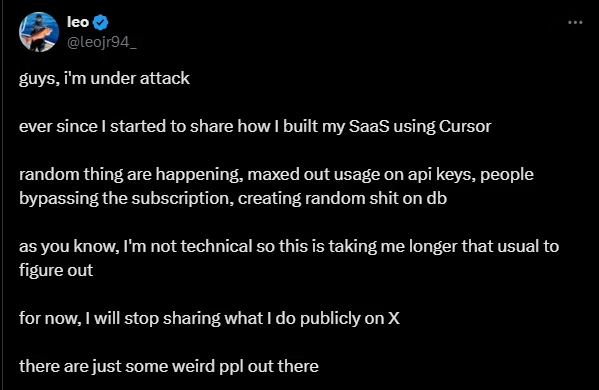
This story highlights the core weakness of vibe coding — it produces individuals who can generate code but lack the ability to read, debug, or maintain it. When something breaks, they are powerless.
Read Now: AI and Web Development: Shaping the Future of Digital Innovation
Industry experts had already predicted this. Back in early 2025, one observer warned that companies would soon “learn what happens when their codebases are infiltrated with AI-generated code at scale.” The reality is now visible: larger incidents, slower resolutions, and developers struggling to fix problems they don’t fully understand.
Security specialists call vibe coding a “perfect storm of risks.” Studies confirm that AI-generated code is often unsafe:
a. Up to 40% of AI-produced queries are vulnerable to SQL injection
b. Security checks are often implemented on the client side instead of the server
c. Hardcoded API keys and secrets are common
d. File system access controls are frequently misconfigured
Why Vibe Coders Will Be Replaced
The tech job market is already brutal for junior developers. With bootcamps and online courses flooding the industry, standing out has become increasingly difficult.
Recent reports suggest that 25% of new startups are running codebases almost entirely generated by AI. This creates a wave of similar products built by people with limited technical skills, making competition even tougher Automating Tasks with ChatGPT: Build a No-Code AI Assistant with n8n .
In such an environment, vibe coding worsens the problem. If building an app is trivial, then real value lies in marketing, user acquisition, debugging, architecture, security, and long-term maintenance — the very skills vibe coders lack.
The Growing Technical Debt
Even when vibe-coded projects initially function, they create huge technical debt. AI code is often verbose, poorly structured, and hard to maintain. Over time, fixing these projects consumes far more resources than they save.
Engineers now review more code than ever, but much of it is AI-generated with inconsistent standards. Problems include:
1. Poorly structured, inefficient code
2. Missing edge cases and error handling
3. Performance bottlenecks
4. No documentation
5. Hidden vulnerabilities
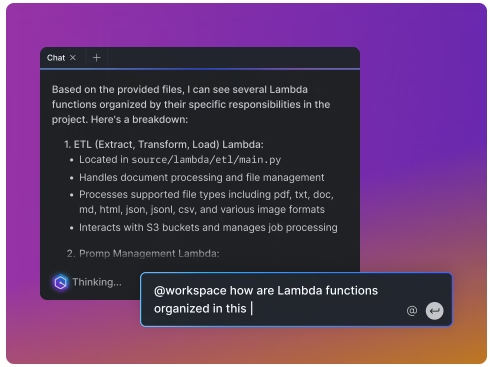
This leads to what some call “digital archaeology” — future developers having to dig through AI-generated systems with no clear logic or history, trying to interpret why things were built a certain way.
The Collapse of Knowledge Transfer
Traditionally, junior developers learned from mentors through code reviews and design discussions. That mentorship pipeline was already weakening before AI. Now, AI has accelerated the decline.
Why explain design trade-offs when an AI can produce the code instantly? Why teach debugging when AI can patch errors in seconds? The result: developers who are “productive” but completely dependent. Even some seniors now lean heavily on AI, becoming intermediaries between business requirements and machine outputs — without truly understanding the systems they ship.
Conclusion
AI Vibe Coding is here to stay, and it is already reshaping the career landscape for new developers. While it poses challenges such as fewer entry-level opportunities and dependency risks, it also opens doors to faster learning and new project possibilities. The key lies in balancing AI assistance with solid coding fundamentals, ensuring that junior developers can thrive in a future where AI is an essential tool in web development.
Q1: What does AI Vibe Coding mean?
AI Vibe Coding is the use of AI tools to generate code quickly, often based on natural language prompts rather than structured programming.
Q2: Is AI replacing junior developers?
Not entirely. AI automates repetitive tasks, but companies still need developers who understand problem-solving, debugging, and system design.
Q3: Should new developers rely on AI tools?
Yes, but with caution. AI tools should be used as learning aids, not as replacements for building strong coding fundamentals.
Q4: What skills will remain important in the future?
Critical thinking, debugging, security, and creative problem-solving will remain highly valuable even as AI coding tools advance.
Stay Ahead in Web Development & AI Trends
Stay updated with the latest in web development and AI trends. Subscribe to our blog for insights that help you grow as a developer.
📞 Contact Us: +92-300-1234567
📧 Email: info@masterindesign.com


